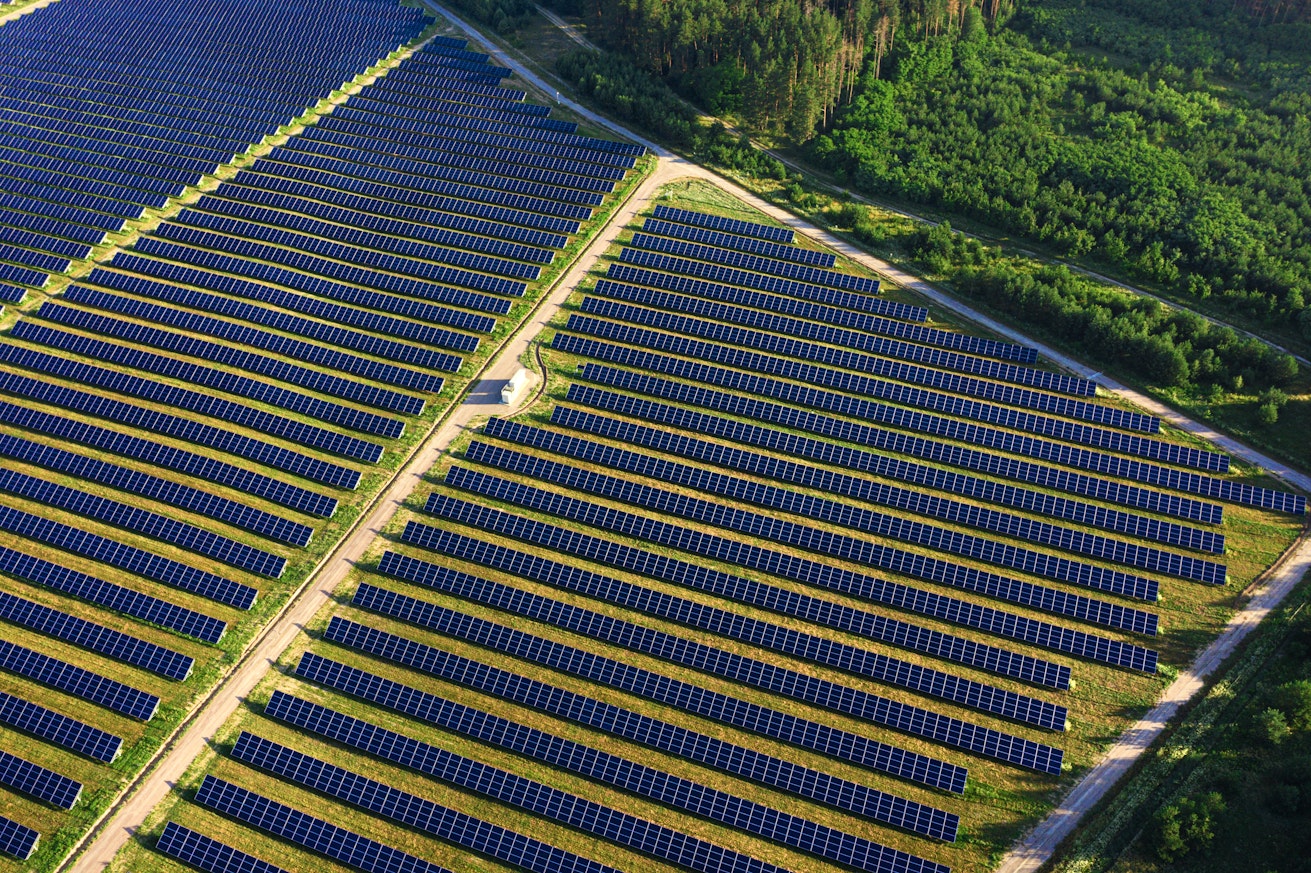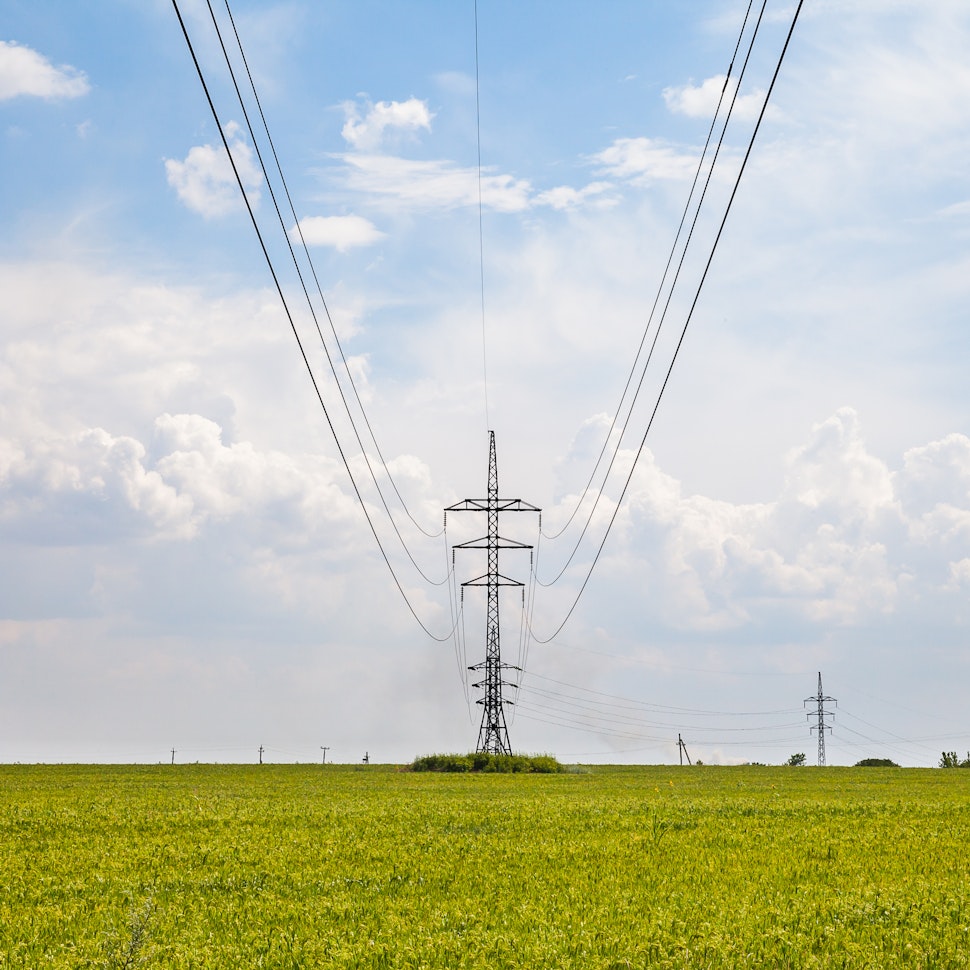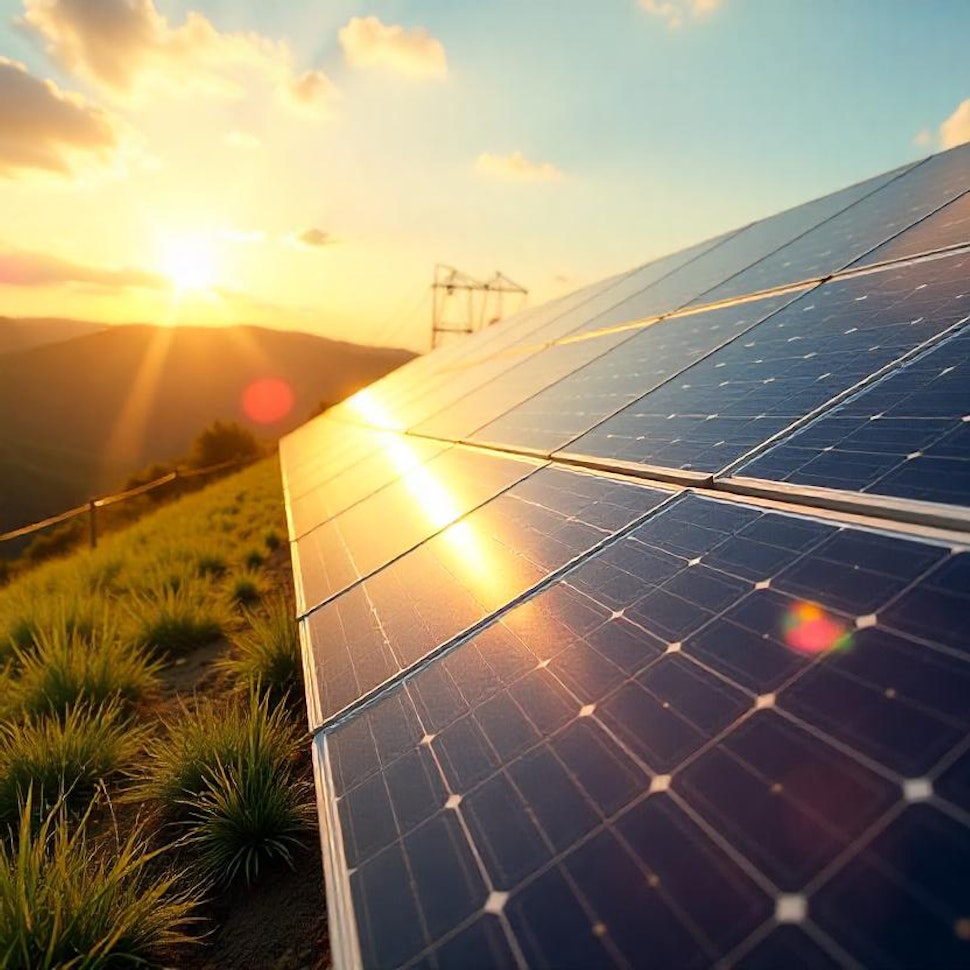- Solar energy blog
- A brief history of solar and renewable energy in Spain
A brief history of solar and renewable energy in Spain
Spain’s journey to solar power success didn’t happen overnight. The country took its first steps towards renewable energy with small-scale solar projects in the 1980s, laying the foundation to become one of today’s most prominent solar markets. Thanks to decades of investment and progress, Spain became one of the world’s leading solar energy producers. Let’s look at how it got there in more detail.


Alicia Herrera
Territory Manager - Spain & Portugal
Alicia Herrera Alonso started her journey at RatedPower as an Ssales Development Representative intern and has grown into her current role as Territory Manager. She brings first-hand knowledge of the renewable energy sector and a passion for helping companies design and optimize their solar projects.

Content
- Spain’s first photovoltaic installation and commercial wind farm in the 1980s-1990s
- Spain starts nationally promoting clean and sustainable energies in the 2000s
- Spain halts renewable energy incentives in 2015
- Spain renews its investment in solar energy in 2020
- A look at the future of solar energy in Spain
Spain’s first photovoltaic installation and commercial wind farm in the 1980s-1990s
In 1984, Spain took its first step toward renewable energy with the launch of its first grid-connected photovoltaic plant in San Agustín de Guadalix, Madrid. Iberdrola developed this 100kW installation using various solar technologies, such as monocrystalline, bifacial, polycrystalline, and amorphous silicon panels. It cost 462 million pesetas (around €250,000) and remained Spain’s only photovoltaic plant for nearly a decade.
1994, Spain opened the first commercial wind farm in El Perdón, Navarra. These early steps in solar and wind energy opened the door to future renewable developments in Spain.

Spain starts nationally promoting clean and sustainable energies in the 2000s
Entering the new millennium, in 2000, Spain approved the Plan de Fomento de las Energías Renovables (Plan for the Promotion of Renewable Energies). Internationally, the Kyoto Protocol, which came into force in 2005, was mainly focused on reducing global greenhouse gas emissions. In response, Spain introduced measures to improve price transparency and promote wider adoption of renewable energy.
By 2007, Spain’s government introduced a system that financially rewarded renewable energy producers for every megawatt-hour generated. As a result, more than 55,000 people began participating in renewable energy. By the end of the decade, renewable energy provided more electricity than nuclear power in Spain.
Want to learn more about 2030 renewable energy targets across the world? Download this eBook: A review of 2030 renewable targets across the globe to discover what Europe, the USA, and regions in the rest of the world are aiming for to make the green energy transition a reality.
Spain halts renewable energy incentives in 2015
Between 2010 and 2015, Spain’s renewable energy sector faced financial challenges. In 2010, the government introduced cuts that reduced the financial support for renewable energy. A cap was placed on the number of production hours eligible for payments, which fell short of the actual output.
In 2012, a 7% tax on electricity production was added. At the same time, subsidies for renewables were removed to manage the growing electricity deficit. These changes left many citizens who had invested in renewable projects facing financial hardship.
By 2015, the government stopped supporting renewable energy. Even so, Spain’s renewable energy generation capacity continued to grow, albeit at a slower pace.
Spain renews its investment in solar energy in 2020
After years of slow growth, Spain’s installed capacity grew sharply in 2020. It increased from 8,747 MW in 2019 to 11,664 MW by the end of 2020.
In 2018, the repeal of the “sun tax” removed barriers to solar expansion. By 2019, coal’s contribution to the national energy mix dropped significantly, falling from 13% to under 5%. The COVID-19 pandemic in 2020 also played a role by accelerating investments in solar projects, thanks to government incentives and lower technology costs.
By 2022, solar energy was the fastest-growing source of new capacity in Spain and across Europe. That year, the country added 4,281 MW of solar capacity, pushing the total to nearly 20,000 MW. Extremadura, Andalusia, and Castilla-La Mancha led the charge, contributing almost 70% of Spain’s solar capacity.
In 2023, Spain added 5,594 MW of solar power, bringing the total to 25,549 MW. Solar power made up 20.3% of Spain’s energy production, and now more than half of the country’s electricity is generated from renewable sources.
Spain’s largest solar parks, including Escatrón-Chiprana-Samper and Núñez de Balboa, played a key role. For example, Escatrón-Chiprana-Samper, Spain’s largest solar plant, comprises 17 smaller plants. Together, they cover 3,173 hectares across three towns and have a combined capacity of 850 MW.
Another noteworthy project is the Núñez de Balboa plant. It’s situated in Badajoz, and it’s one of the largest photovoltaic plants in Europe. With a capacity of 500 MW, it provides clean energy to power around 250,000 homes.
It’s also worth mentioning the Ceclavín plant, Iberdrola’s other photovoltaic project in Extremadura. This facility has over 850,000 solar modules, a substation, and an 18-kilometer high-voltage line. The Ceclavin plant produces 328 MW of energy.
Looking for more insights, stats, and opinions on the current state of the renewables sector? Download our Renewable Energy & Solar Research Report 2024 that draws from an industry survey and analysis of solar simulations carried out on the RatedPower Platform.
A look at the future of solar energy in Spain
By mid-2024, Spain’s solar capacity was close to 29.5 GW. The country aims to cut greenhouse gas emissions by 90% before 2050 and have 76 GW of solar capacity by 2030. This includes 57 GW from large installations and 19 GW from self-consumption.
This growth comes from competitive pricing, favorable terrain, and high solar irradiation, ranging from 1,600 to 1,800 kWh per kilowatt. These factors, combined with regulatory stability since 2018, have attracted a wide range of investors and developers.
Other elements boosting self-consumption in Spain are tax incentives and rising electricity prices. Even though growth slowed slightly in 2023, grid improvements and faster funding processes are expected to boost future installations.
The European Investment Bank, through the InvestEU program, is backing the construction of 120 new solar plants in Spain. Solaria is leading these projects, adding 5.6 GW of capacity and powering nearly 2.5 million homes while cutting CO2 emissions by three million tonnes annually.
These massive solar investments will keep Spain among the top countries in renewable energy, while large-scale solar parks and self-consumption will help Spain meet its 2030 targets and beyond.
Latest stories
Related posts
Policy and regulation
Solarspitzengesetz: How it affects solar and negative pricing
Find out more about the Solarspitzengesetz, Germany’s Solar Peak Act, designed to prevent oversupply and price surges during peak solar generation.
Updated 4 NOV, 25

Policy and regulation
Winning the auction: A developer’s guide to GEA-4 execution in the Philippines
Find out how solar design tools like RatedPower can accelerate bankable proposals for auctions like the GEA-4 in the Philippines.
Updated 23 OCT, 25

Policy and regulation
How PL 624 and PL 671 will transform Brazil’s solar energy market in 2025
Discover how Brazil's PL 624 and PL 671 bills are reshaping the country's booming solar energy market in 2025—balancing rapid growth with fair grid access and smarter regulations.
Updated 15 JUL, 25

- RatedPower
- Solar energy blog
- A brief history of solar and renewable energy in Spain
 Watch a demo
Watch a demo Ask our AI Product Expert
Ask our AI Product Expert

